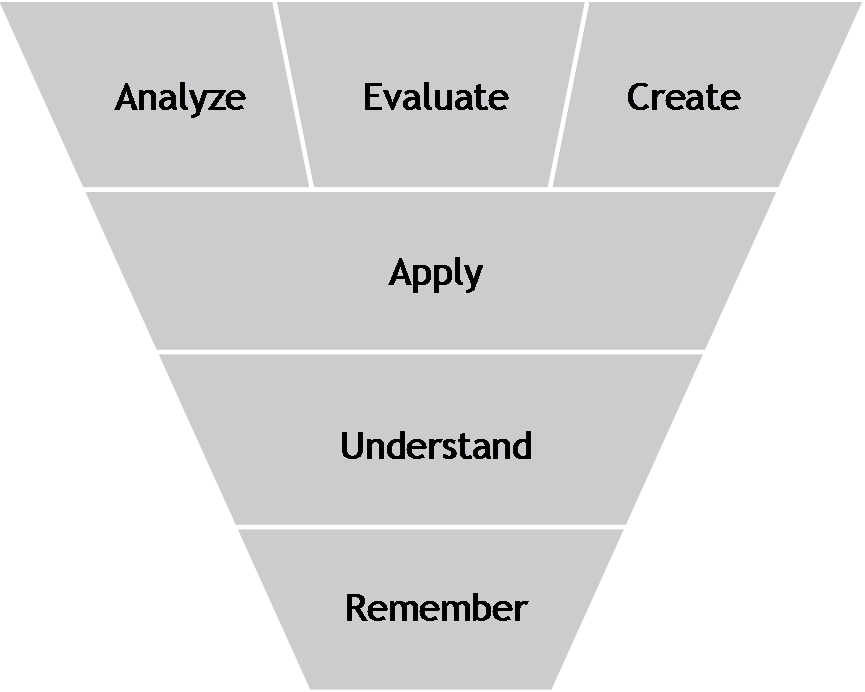
Bloom's Taxonomy
Upon successfully completing this topic's activities, you will be able to:
- Define various scenarios of human emissions of greenhouse gases.
- Diagram cycles of GHGs and explain why they are accumulating in the atmosphere.
- Explain why we use models and what global climate models predict about Earth's climate.
- Interpret and discuss the strengths and weaknesses of a GCM.
Future GHG Emissions. This video explains scenarios and how they might influence future greenhouse gas emissions.
Climate Predictions. This video describes verification and predictions of Global Climate Models.
Photosynthesis. This video describes plant responses to rising CO2.
Water. This video explains the influence of CO2 enrichment on plant water use.
Nitrogen. This video describes the role of nitrogen in plant responses.
Hypothesis. This video continues the discussion of climate change, nitrogen, and plant responses, with specific focus on how CO2 inhibits nitrate assimilation.

Mandatory
Textbook Chapter 4: World of Tomorrow: Computer Simulation Models.
Textbook Chapter 5: Biological Impacts of Higher Carbon Dioxide Concentrations.Supplementary
Simple Models of Climate Change by Weart. This is an interesting reading on the history of the science of climate change: how was it discovered and who discovered it.
GCMs by Weart. This has a great description of how GCMs were developed and what we can learn from them.
IPCC Chapter on GCMs. This chapter will be particularly helpful for your essay as it has a brief description of all the GCMs the IPCC report used.

Exercise 2 should familiarize you with using primary sources in research. You will be assigned a GCM by your TA and you will write Essay 2 about that GCM. You will be asked to find scientific articles about the GCM and discuss the main points of these articles. Reading scientific articles is often a difficult task as they are written by professionals, for professionals (not the general public or students). Your goal should be not to understand everything you read in the articles, but to pull out relevant information and discuss the overall findings and conclusions about the GCM.
